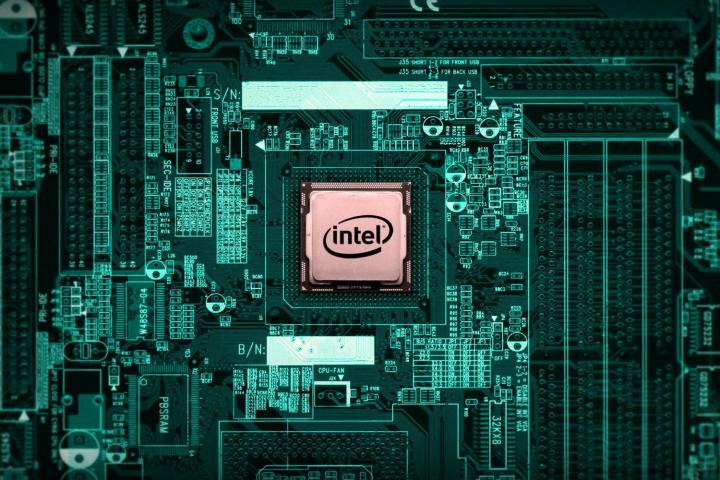
At Computex 2014, companies like MSI, EVGA, and ASRock showcased motherboards based on Intel’s x99 chipset, which supports a host of new features including faster Haswell-E (Enthusiast) processors, faster DDR4 memory, and faster SATA Express storage technology. These, and a wealth of extended connectivity and expansion options, make the next-generation, soon-to-be-released x99-based PCs the fastest we’ve seen so far.
8-core CPUs
While many things about these new motherboards are noteworthy, perhaps the most important factor is their support for 8-core CPUs. With Haswell-E, Intel will retire 4-core configurations, and offer buyers a choice of 6- and 8-core processors with up to 20MB of L3 cache, as well as hyper threading via up to 16 logical cores, for up to 16 threads. Intel is claiming increased performance by as much as 33 to 50 percent.
DDR4
As mentioned, in addition to faster processors, the x99-based motherboards will also support the latest memory standard, DDR4, which, after all is said and done, will increase bandwidth by about 50 percent. These memory chips will also use less power. The inclusion of DDR4 will make the new X99 motherboards the first in Intel’s “Wellsburg” family of motherboard chipsets. In addition to DDR4, Wellsburg will support the following options:
- 14 USB ports (6 USB 3.0, 8 USB 2.0)
- 10 SATA 3.0 ports (6Gbps)
- Integrated Gigabit Ethernet MAC via Clarksville PHY
- 8 PCIe Gen2 at 5 gigatransfers per second
- Integrated Clock support for HEDT
- Inter Rapid Storage Technology (RAID 0, 1, 5, and 10)
- Processor and memory overclocking
Note, though, that what we don’t see in this list is support for the brand new USB 3.1 standard. For some reason, that will require a different motherboard, such as MSI’s Z97-G55 SLI, which was also showcased at Computex 2014. However, this MSI motherboard doesn’t provide some of the other x99 features—most notably, DDR4 support. Since USB 3.1 achieves its 10MB transfer speeds by combining PCIe lanes, though, it shouldn’t be that difficult to implement in x99 chipsets.
SATA Express
Samsung, Asus, and a few other manufacturers are developing SATA Express-based solid state drives (SSDs) with nearly twice the bandwidth—10Gbps versus the current SATA 3.0 standard’s 6Gbps, making them 67 percent faster. In addition to being much faster, some of these new SSDs, such as Samsung Semiconductor’s SV843, have much greater capacity than today’s standard SSDs. The SV843, for example, holds up to 960GB. Right now, Samsung is classifying these SSDs as data center-class drives. As you might expect, they won’t be cheap, but that may not last long.
When will we see x99-based motherboards?
According to Intel, the Wellsburg family, Haswell-E motherboards are slated for release “in the September 2014 time frame.” In other words, very soon. We should actually see motherboards and PCs based on this new chipset about that same time. Most computer makers have committed to incorporating the standard, and each manufacturer has begun developing products based on it.
MSI, for instance, will release a Haswell-E motherboard featuring the high-performance Core i7-5960X CPU with eight cores and 16 threads. It will come at a rather steep $999 US price tag, though, which will make for some rather expensive PCs. But then, this may seem like a small price to pay for enthusiasts who require faster and more powerful computers.
Faster CPUs, faster memory, faster and higher-capacity storage devices—all of this adds up to significantly faster PCs, but no matter how you look at it, the most possible performance increase could be well under 50 percent. Still, gamers and multimedia professionals will take all they can get.


